“The story of ‘Peter Pan’ has always held a special fascination for children of all ages, and with good reason. It offers a swashbuckling adventure combined with some of man’s most secret desires, to fly and explore another world somewhere beyond the stars, and never to grow old.” – Didier C. Deutsch, American theater historian
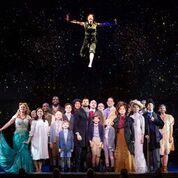
Broadway’s Finding Neverland follows the relationship between playwright J.M. Barrie and the family that inspired “Peter Pan,” or “The Boy Who Wouldn’t Grow Up,” one of the most beloved stories of all time. But do you know the story behind the inspiration? Read on for a brief background before you see the show January 2-6 at The Hanover Theatre and Conservatory for the Performing Arts.
A Brief History of “Peter Pan”
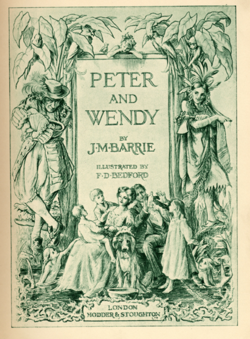
The character of Peter Pan was first mentioned in a 1902 book by Sir James M. Barrie (he was knighted in 1913) entitled “The Little White Bird.” In 1904, the character of Peter was perfected and became the lead character in the full length play, “Peter Pan, or The Boy Who Wouldn’t Grow Up.” In 1906, the section of ‘The Little White Bird” that originated Peter Pan was published separately as a book called “Peter Pan in Kensington Garden.” Then in 1911, Barrie turned his popular play “Peter Pan” into a novel called “Peter and Wendy.” In 1929, Barrie gave all rights for “Peter Pan” to the Great Ormond Street Hospital for Sick Children in London, which continues to receive income from all of the various productions mounted all over the world.
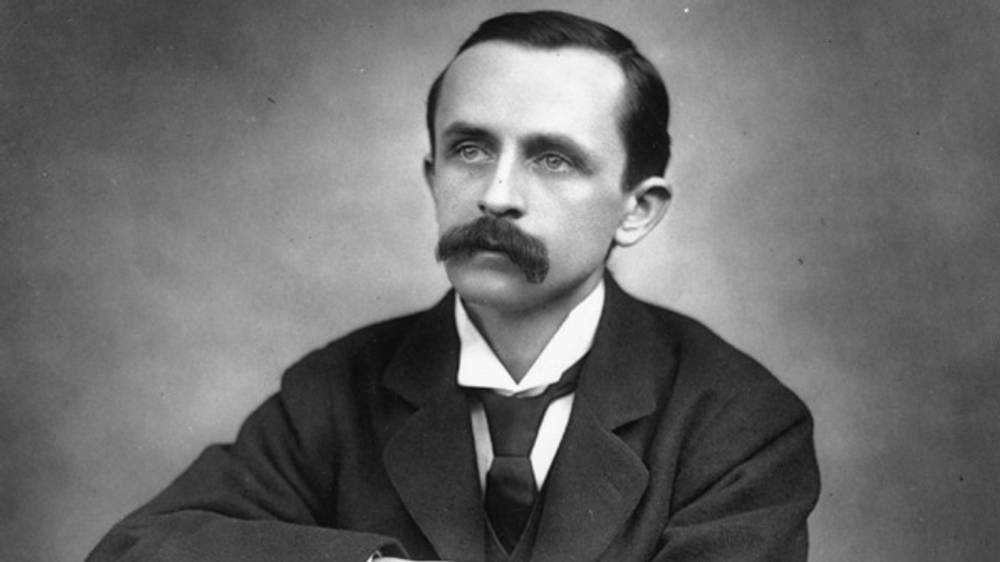
The Children Behind “Peter Pan”
James Barrie never had his own children (one of the reasons his marriage to actress, Mary Ansell ended in divorce), but spent a great deal of time playing with the children of his good friends, Sylvia and Arthur Llewelyn Davies. He loved to create skits for the children’s entertainment. It was while writing and acting out skits with the Davies children that Barrie developed the characters and plot he would use in the writing of the full-length play version of “Peter Pan.”
Of the five boys, Peter was the one most closely linked with his fictional namesake, an identification he hated all his life. Though he was a highly successful publisher, Peter spent most of his life depressed and committed suicide in 1960. The character of Wendy was modeled after a young girl name Margaret Henley. The name Wendy originated from Margaret calling Barrie her “Friendy,” which, when you add a lisp, comes out “Fwendy.”
Barrie also drew his inspiration from the boys’ parents. He modeled Mr. Darling after the young lawyer, Arthur Llewelyn Davies. Mrs. Darling was based on the refined, nurturing mother, Sylvia Davies. After Sylvia and Arthur’s early deaths, Barrie adopted their five boys.
Life Became Art
Finding Neverland also has strong roots in the reality of Barrie’s life. Like Peter Pan, Barrie was a boy who refused to grow up. He took such elements of life as his awkwardness with, yet dependence upon, women, his love of children and his own longing for childhood.
Barrie came up with the last name Pan based on Greek mythology. Pan was the Greek god that symbolized natural forces. He was the ancient god of forests, flocks and shepherds. Peter’s enchanted Pan side granted him the power to remain a child forever.
An Instant Classic
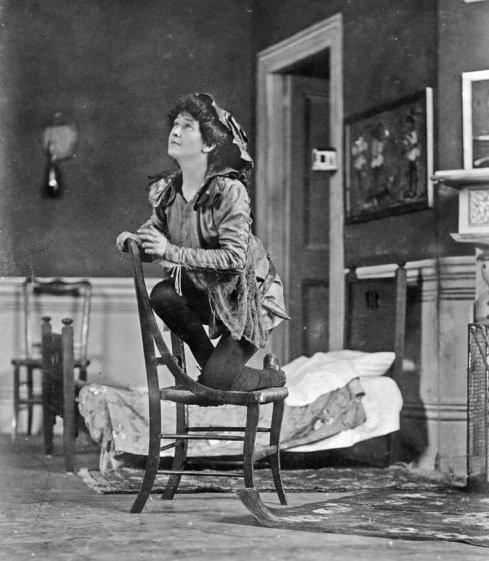
Despite the quality and originality of “Peter Pan,” Barrie had a hard time getting it produced. Unlike today, plays in 1904 usually did not have special effects like flying and major scene changes. Finally, Englishman Charles Frohman agreed to produce the play. He cast one of England’s most popular actresses, 37-year-old Nina Boucicault as Peter. Nina’s brother, Dion Boucicault, directed the first production, giving the cast only a few pages of script at a time. He was a perfectionist as a director, often having cast and crew rehearse up to 15-18 hours at a time.
Even with its major technical requirements and unique plot and characters, “Peter Pan” was a great success. It was a big hit throughout England and then in the United States in 1905, with famed actress Maude Adams performing the lead to great critical acclaim.
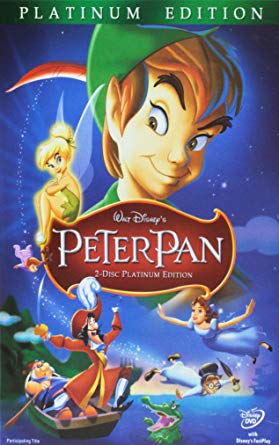
“Peter Pan” has been shown on television, was made into a famous 1953 full-length animated Walt Disney film and has been made into a number of other movies, including “Peter Pan” in 1924, the Steven Spielberg version, “Hook” in 1992, and most recently, “Peter Pan” in 2003.
Why is “Peter Pan” still so popular all over the world? It might be because it speaks to the smallest child with its spectacle and fantasy, especially the thrill of flying. Older children can also relate to the characters that are their own ages and the great adventures that Peter and his friends have with Captain Hook and the pirates.
Adults enjoy “Peter Pan” because it rekindles the magic of the first time they saw it when they were children, and, let’s not forget, the glorious songs and the universal theme of one’s desire to never grow up.
